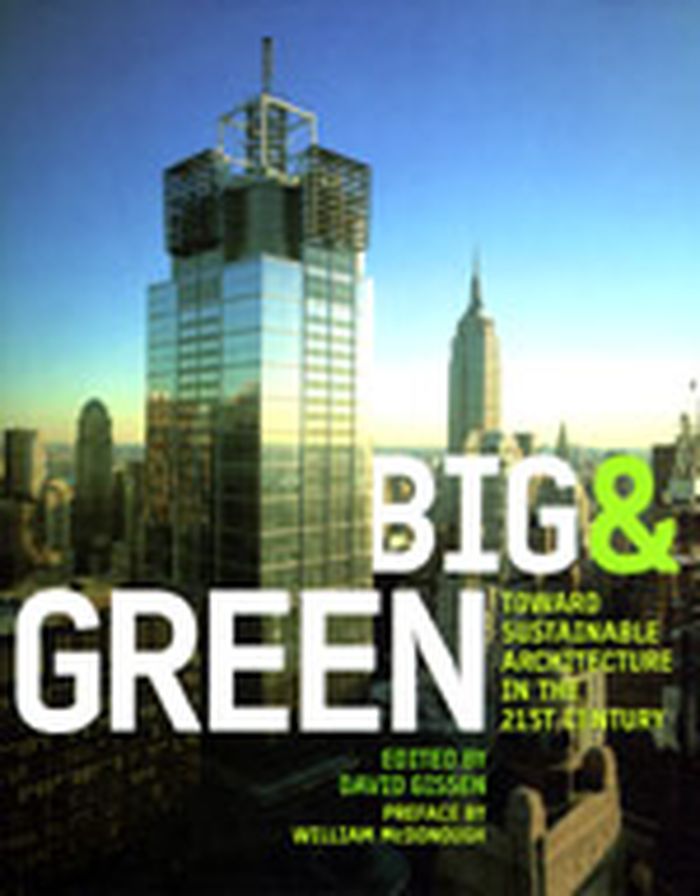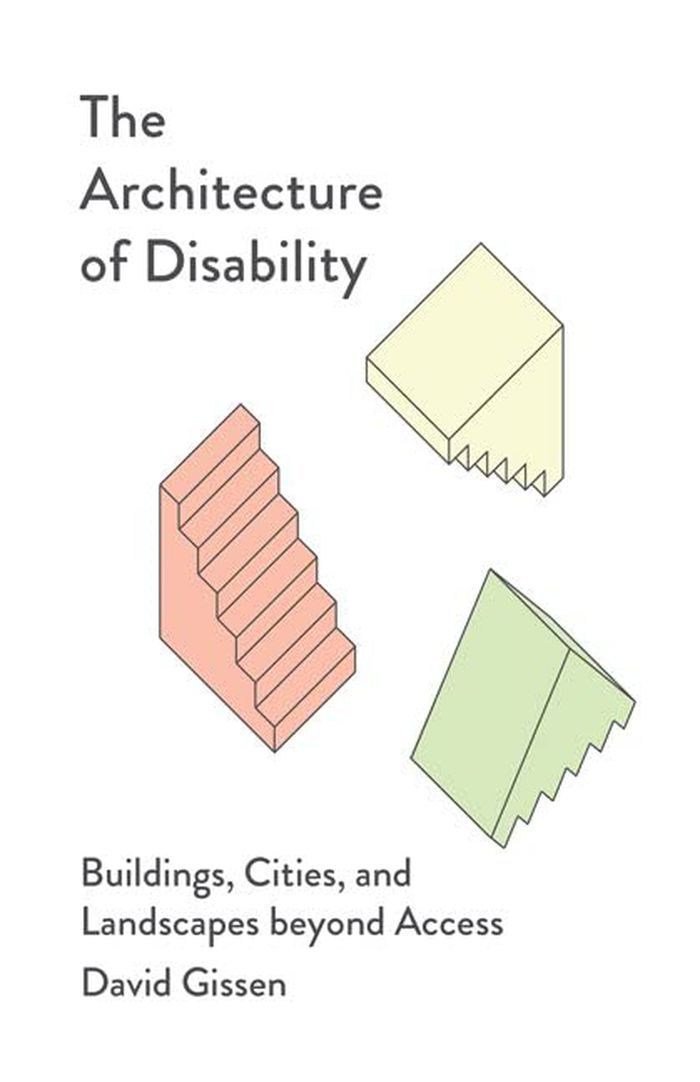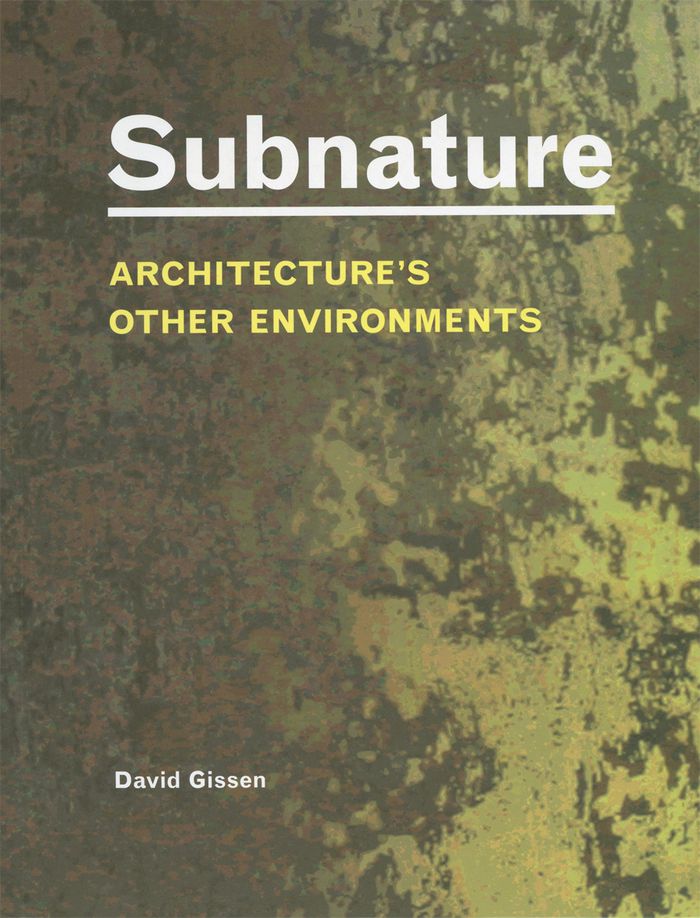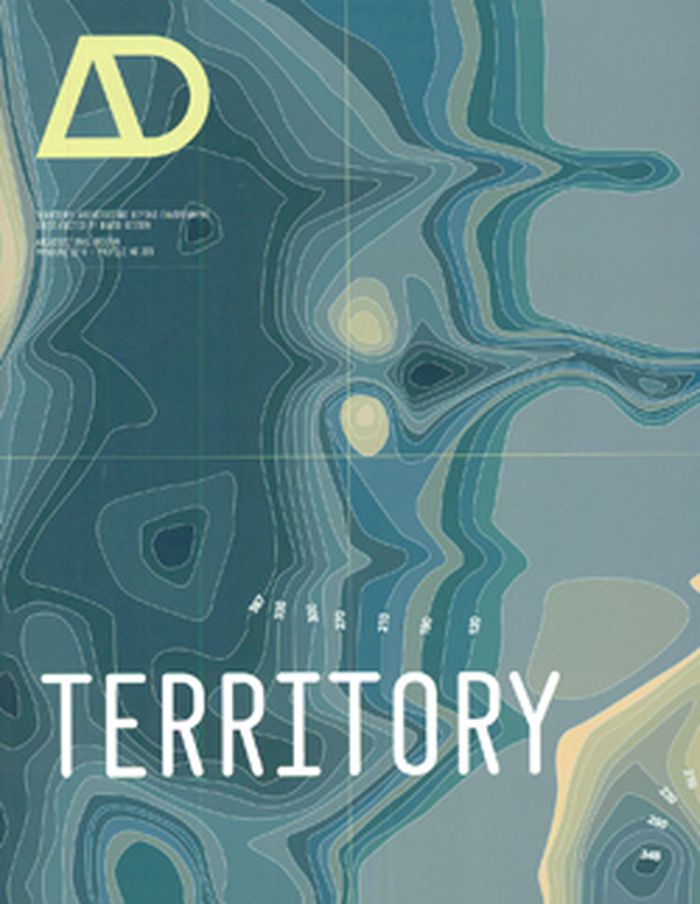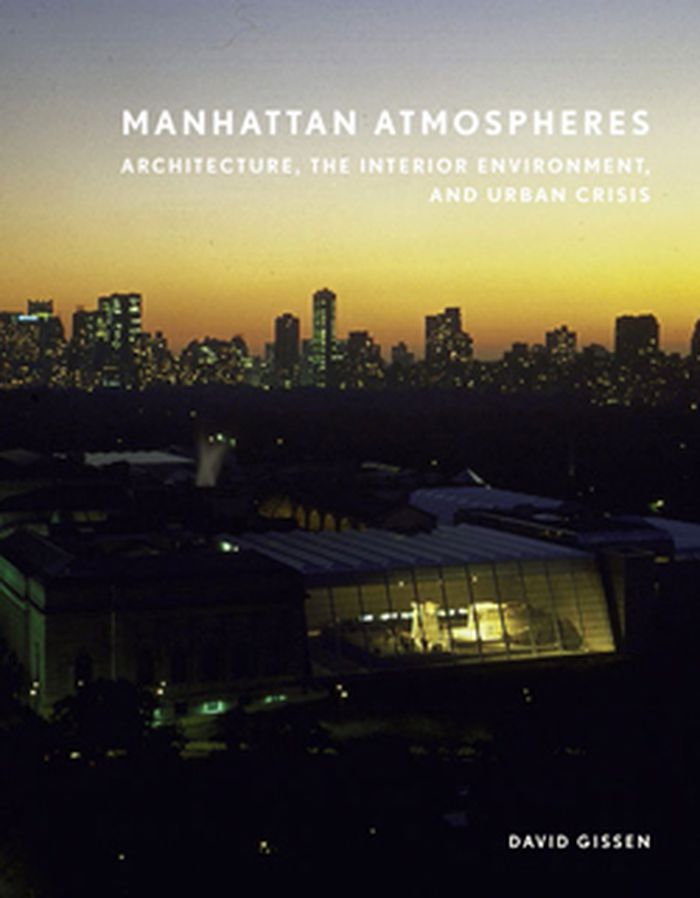$44.95
(disponible sur commande)
Résumé:
Preface by William McDonough: "The buildings shown in this book are more than just examples of the technological bells and whisties of green design. They are part of an evolving cultural phenomenon. They seek to replace dominion over nature with a more fulfilling relationship with the natural world. If this century is to be known for peace, prosperity, beauty, and the(...)
Big & green : toward sustainable architecture in the 21st century
Actions:
Prix:
$44.95
(disponible sur commande)
Résumé:
Preface by William McDonough: "The buildings shown in this book are more than just examples of the technological bells and whisties of green design. They are part of an evolving cultural phenomenon. They seek to replace dominion over nature with a more fulfilling relationship with the natural world. If this century is to be known for peace, prosperity, beauty, and the restoration of our world, kinship with nature must become one of the foundations of our cultural life. Architecture, with its profound ability to create new relationships to place, is uniquely positioned to lead such a renaissance."
Architecture écologique
$34.99
(disponible en magasin)
Résumé:
Disability critiques of architecture usually emphasize the need for modification and increased access, but this publication calls for a radical reorientation of this perspective by situating experiences of impairment as a new foundation for the built environment. With its provocative proposal for "the construction of disability," this book fundamentally reconsiders how we(...)
The architecture of disability: Buildings, cities, and landscapes beyond access
Actions:
Prix:
$34.99
(disponible en magasin)
Résumé:
Disability critiques of architecture usually emphasize the need for modification and increased access, but this publication calls for a radical reorientation of this perspective by situating experiences of impairment as a new foundation for the built environment. With its provocative proposal for "the construction of disability," this book fundamentally reconsiders how we conceive of and experience disability in our world. Stressing the connection between architectural form and the capacities of the human body, David Gissen demonstrates how disability haunts the history and practice of architecture. Examining various historic sites, landscape designs, and urban spaces, he deconstructs the prevailing functionalist approach to accommodating disabled people in architecture and instead asserts that physical capacity is essential to the conception of all designed space.
Théorie de l’architecture
$50.00
(disponible sur commande)
Résumé:
The exhilarating and at times unsettling work featured in this book suggests an alternative view of natural processes and ecosystems and their relationships to human society and architecture. R's Mosquito Bottleneck house in Trinidad uses a skin that actually attracts mosquitoes and moves them through the building, while keeping them separate from the occupants. In his(...)
Subnature, architecture's other environments
Actions:
Prix:
$50.00
(disponible sur commande)
Résumé:
The exhilarating and at times unsettling work featured in this book suggests an alternative view of natural processes and ecosystems and their relationships to human society and architecture. R's Mosquito Bottleneck house in Trinidad uses a skin that actually attracts mosquitoes and moves them through the building, while keeping them separate from the occupants. In his building designs the architect Philippe Rahm draws the dank air from the earth and the gasses and moisture from our breath to define new forms of spatial experience. In his Underground House, Mollier House, and Omnisport Hall, Rahm forces us to consider the odor of soil and the emissions from our body as the natural context of a future architecture. [Cero 9]'s design for the Magic Mountain captures excess heat emitted from a power generator in Ames, Iowa, to fuel a rose garden that embellishes the industrial site and creates a natural mountain rising above the city's skyline. Subnature looks beyond leed ratings, green roofs, and solar panels toward a progressive architecture based on a radical new conception of nature.
Architecture écologique
AD: Territory
$48.00
(disponible sur commande)
Résumé:
Advancing a new relationship between architecture and nature, Territory emphasises the simultaneous production of architectural objects and the environment surrounding them. Conceptualised within a framework that draws from physical and human geographical thought, this title examines the possibility of an architecture that actively produces its external, ecological conditions.
AD: Territory
Actions:
Prix:
$48.00
(disponible sur commande)
Résumé:
Advancing a new relationship between architecture and nature, Territory emphasises the simultaneous production of architectural objects and the environment surrounding them. Conceptualised within a framework that draws from physical and human geographical thought, this title examines the possibility of an architecture that actively produces its external, ecological conditions.
Revues
$39.95
(disponible sur commande)
Résumé:
In Manhattan Atmospheres , David Gissen explores the rise of the “late-modern” architectural environment as a form of “socio-nature” during New York City’s crisis years. The period between the mid-1960s and early 1980s in New York City has long been a case-study in the collapse of urban networks. Images of blighted buildings, degraded landscapes, and collapsed(...)
Manhattan Atmospheres: architecture, the interior environment and urban crisis
Actions:
Prix:
$39.95
(disponible sur commande)
Résumé:
In Manhattan Atmospheres , David Gissen explores the rise of the “late-modern” architectural environment as a form of “socio-nature” during New York City’s crisis years. The period between the mid-1960s and early 1980s in New York City has long been a case-study in the collapse of urban networks. Images of blighted buildings, degraded landscapes, and collapsed infrastructure typify the way this period in the city have been represented. But rather than a site of urban collapse, the ambition of New York City’s built environment continued, albeit inside the environments of late-modern architectural space.
Théorie de l’urbanisme
